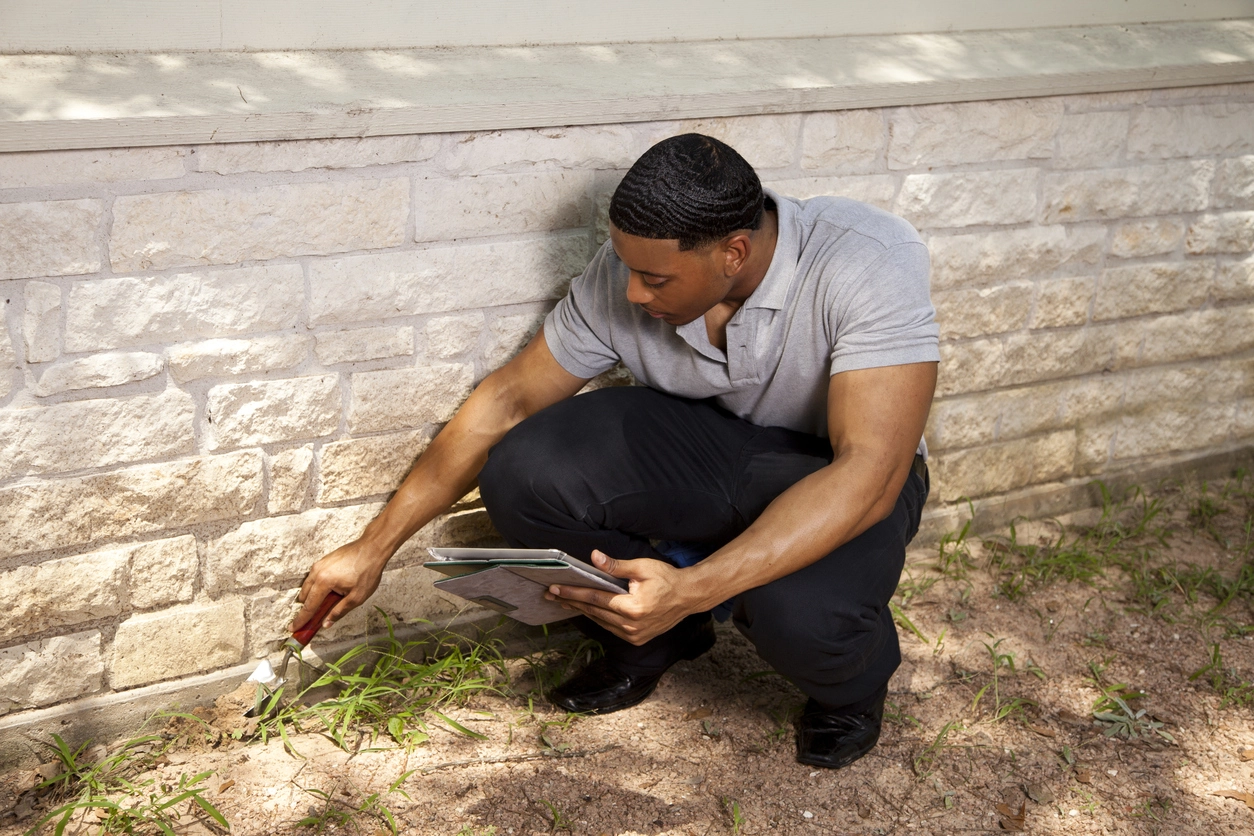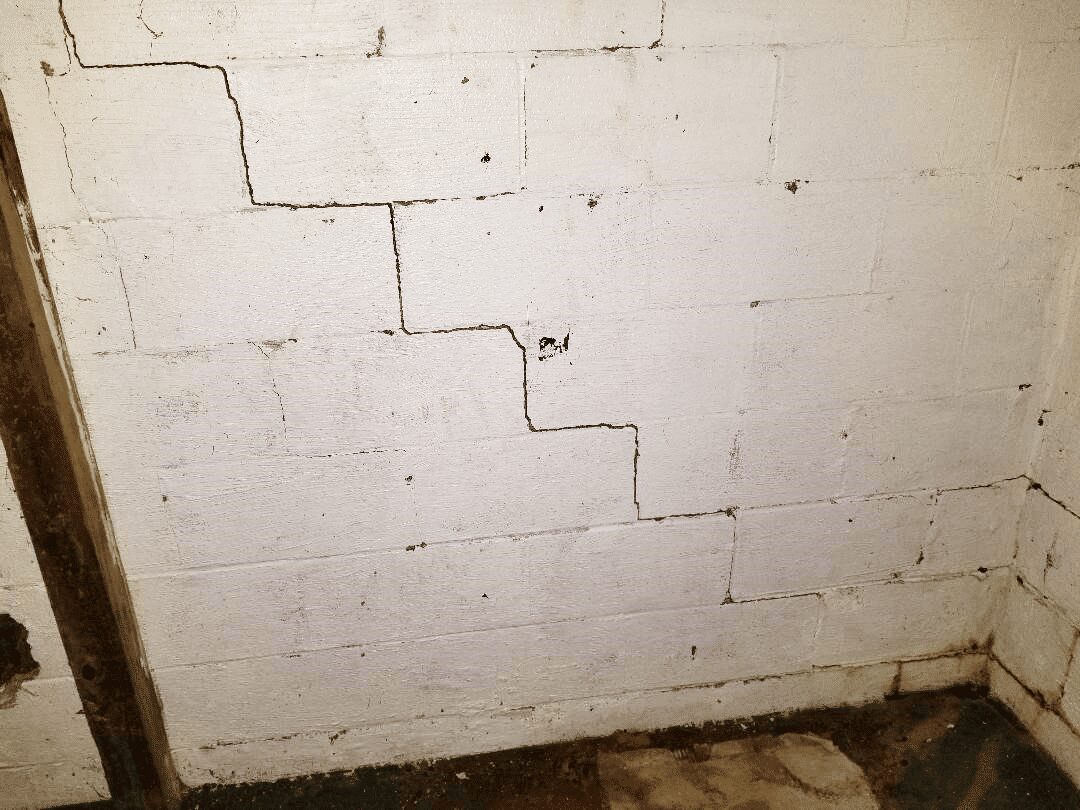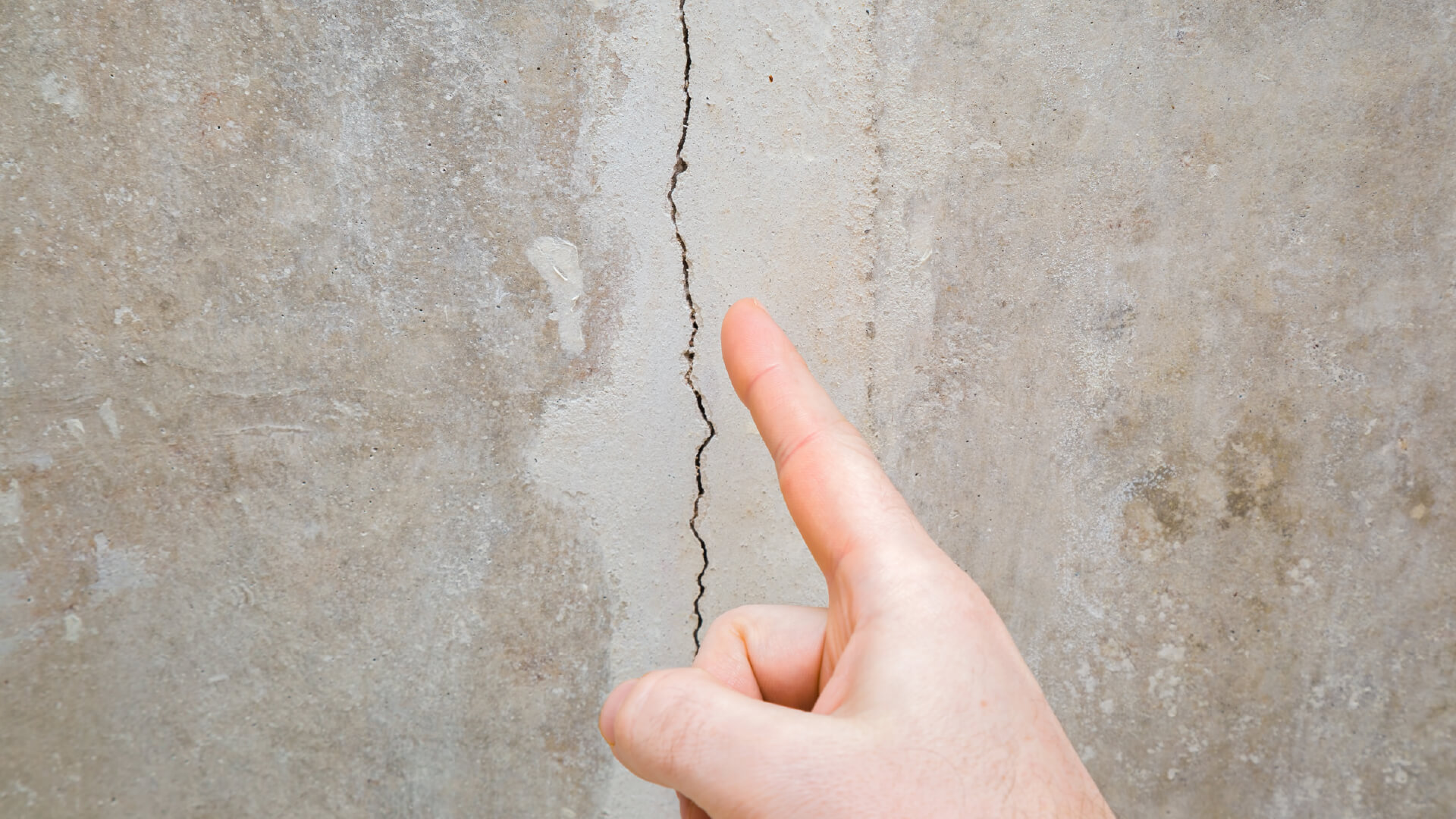How to Prevent Future Foundation Cracks After Repair ─ 2024 Guide

In the life of a home, the foundation serves as its bedrock, supporting every joyful moment shared within its walls. Yet, the presence of unsightly foundation cracks can evoke a sense of worry and uncertainty. Homeowners often find themselves grappling with the reality that even minor fissures can lead to significant structural challenges.
Understanding how to prevent future foundation cracks after repair becomes essential not just for preserving property value, but also for securing the safety and comfort of loved ones.
As we delve deeper into the causes of these cracks and explore effective foundation crack prevention strategies, it becomes clear that proactive concrete foundation maintenance can truly transform the foundation upon which memories are built.
Key Takeaways
- The foundation is crucial for structural integrity.
- Minor cracks can indicate serious issues.
- Proactive measures are key to foundation crack prevention.
- Concrete foundation maintenance helps extend the lifespan of your home.
- Identifying the causes of cracks is the first step to effective repair.
- Regular inspections and timely interventions can prevent future issues.
Understanding the Causes of Foundation Cracks

Source: cgswaterproofing.com
Foundation integrity is critical for the overall stability and safety of a structure. Understanding the causes of foundation cracks can empower homeowners to take proactive measures. Various environmental and construction-related factors contribute to this issue, leading to significant damages if not appropriately addressed.
Soil movement, water damage, and poor construction quality are all critical factors that can lead to foundation cracks, making it essential for homeowners to be proactive in safeguarding their homes; for more detailed solutions and services, visit www.foundationwaterproofingniagara.com.
Soil Movement and Its Impact
Soil movement significantly impacts foundations. Expansive soils, for instance, swell when wet and shrink when dry. This constant shifting can create pressure on the foundation, resulting in cracks. Homeowners in areas with clay or sandy soils should be vigilant, as these soil types are more prone to movement. The downsides of soil movement include:
- Increased hydrostatic pressure on foundation walls.
- Shifting of structural components.
- Formation of both minor and major cracks.
Water Damage Issues

Source: rytechinc.com
Water damage is a leading cause of foundation cracks. Improper drainage systems can lead to pooling water around the base, increasing pressure on the foundation walls. Over time, this excess moisture can seep through cracks and cause further deterioration. Adequate drainage solutions are essential to mitigate these issues. Key factors related to water damage include:
- Poor grading around the foundation.
- Downspouts that direct rainwater towards the home.
- Groundwater levels fluctuate due to heavy rainfall.
Construction Quality
The quality of construction plays a crucial role in the durability of a foundation. Substandard materials or inadequate compaction can lead to future problems, making it imperative for builders to adhere to best practices. Homeowners should be aware of the following aspects related to construction quality:
- Use of quality materials that meet safety standards.
- Ensuring proper compaction of the soil during initial construction.
- Regular inspections to identify potential structural weaknesses.
By recognizing these causes, individuals can take preventive actions to safeguard their properties against foundation issues, ultimately enhancing their home’s longevity and stability.
How to Prevent Future Foundation Cracks After Repair
Taking proactive measures in managing the factors that lead to foundation damage is essential for long-term stability. Homeowners can safeguard their properties by implementing effective strategies that focus on drainage, moisture, and soil conditions. The following sections delve into specific actions that can be taken to prevent future foundation cracks.
Implementing Proper Drainage Solutions
Effective drainage is crucial in averting water accumulation around the foundation. Here are some key elements of drainage solutions:
- Ensure gutters and downspouts direct water away from the foundation.
- Install French drains to guide excess water away from the property.
- Grade the landscape to slope away from the foundation, preventing pooling.
Regular Moisture Management
Consistent moisture management ensures that soil remains stable and prevents excess water from compromising the foundation. Important practices include:
- Regularly check for leaks in plumbing and irrigation systems.
- Monitor soil moisture levels to avoid over-saturation.
- Utilize moisture barriers in crawl spaces and basements.
Soil Stabilization Techniques
Stabilizing the soil beneath a foundation is vital in reducing movement that could lead to cracks. Recommended soil stabilization techniques encompass:
- Employ soil compaction methods to enhance soil density.
- Implement landscape grading to improve drainage and minimize erosion.
- Use geo-grid systems for added support in high-moisture areas.
| Strategy | Description | Benefit |
| Drainage solutions | Gutters, downspouts, and graded landscapes direct water away. | Prevents water accumulation which can destabilize the foundation. |
| Moisture management | Leak detection and soil moisture monitoring. | Maintains optimal soil conditions, reducing the risk of cracking. |
| Soil stabilization techniques | Compaction, grading, and geo-grid systems. | Enhances stability of soil, minimizing movement beneath foundations. |
Conclusion
In the journey of homeownership, understanding the complex nature of foundation care is essential for the longevity of a property. The adverse effects of soil movement, water damage, and poor construction standards can manifest as foundation cracks, making post-repair foundation care a fundamental priority for homeowners. By recognizing these underlying causes and implementing the recommended strategies, individuals can significantly reduce the likelihood of encountering further issues.
Proactive measures, such as regular inspections and tailored drainage solutions, play a critical role in avoiding future foundation issues. Homeowners are encouraged to stay vigilant and actively manage moisture levels, ensuring their homes remain structurally sound. A solid foundation not only supports the physical structure but also provides peace of mind, allowing families to thrive in their living spaces without ongoing worries about safety and stability.
Ultimately, the commitment to continuous care and attention to detail will greatly influence the resilience of a home’s foundation. By following the outlined preventative techniques, homeowners can cultivate a resilient environment, preserving the integrity and value of their investments for years to come. Prioritizing these insights empowers individuals to uphold the stability of their homes, ensuring they endure the test of time.





